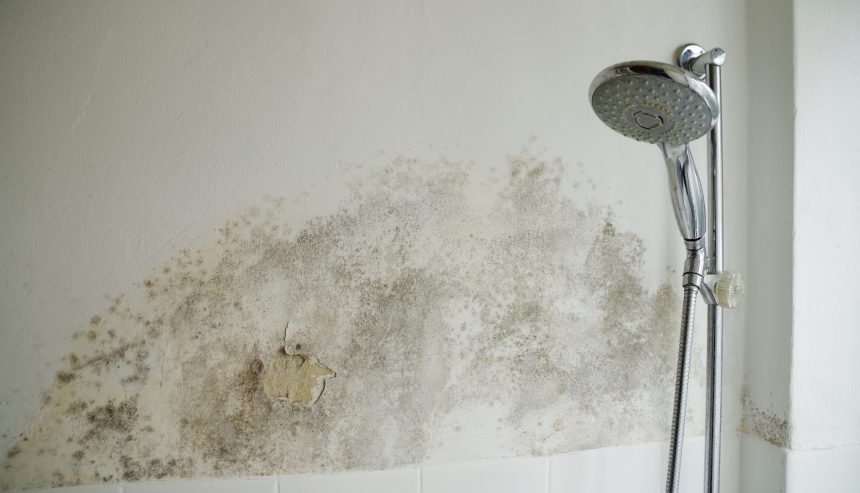How to Stop Water Damage in Your Bathroom
How to Stop Water Damage in Your Bathroom
Blog Article
Were you hunting for help and advice on Common Causes of Water Damage in a Bathroom?

The washroom is exceptionally at risk for moist accumulation and also possible water damages as a result of the constant use water in it. This write-up supplies straightforward examination methods to assist finding water damage risks.
The frequent use of water in the bathroom makes it extremely at risk for wet buildup as well as prospective water damage. By examining it routinely, you can reduce water relevant problems.
The complying with collection of examinations is very easy to do as well as must be done when in every three months in order to keep your restroom healthy and also to stop possible water problems triggered by the tub, the shower, pipe joints and plumbing, sinks, cabinets, and the toilet
Do not forget executing these examinations and also be complete while doing them. Bear in mind that these easy inspections can conserve you a great deal of money by offering early signs for water damages
Tub and Shower
The shower and bath tub need unique attention and upkeep. Inspect the ceramic tiles and change if split. Ensure that there is no missing cement between the tiles. Evaluate and also replace cracked caulking at joints where the wall surfaces satisfy the floor or the bath tub. Blocked drains and also pipelines problems will stop the tub from drying and also might suggest serious troubles below the bathtub. Consult with a specialist instantly to prevent architectural damage. Take notice of discolorations or soft locations around the tub wall surfaces as they might indicate an inner leak.
Plumbing
Signs for water damages are difficult to detect considering that many pipelines are set up inside the wall surfaces.
Pay special focus to flooring and walls moisture as well as stains as they may indicate an undetectable plumbing problem. Inspect wetness levels in adjacent rooms also.
Sinks and also Cabinets
Sinks as well as closets are subjected to dampness and moisture daily as well as are often ignored. Evaluate routinely under the sink and on the counter top over it. Fix any drip in the trap as it might recommend drain problems. Browse the sink, slow-moving draining pipes may suggest an obstructed drainpipe. Change sink seals if they are cracked or loose.
The Bathroom
The bathroom is an at risk water joint. Check the water lines and search for leakages around the commode seat, in the tube, and under the water tank. If you discover any type of indicators of dampness on the floor around the toilet, check for leaks in the toilet rim as well as container seals.
Realize that hanging commode bowl deodorants increases the chances for blockages.
10 TIPS TO PREVENT WATER DAMAGE IN THE BATHROOM
The average household uses approximately 80-100 gallons of water per person per day. For a family of 4, that's almost 2,500 gallons of water a week! The largest portion of this consumption comes from bathroom use. Flushing the toilet uses the most water, followed by taking a shower or bath. With that much water running through the home, water damage in the bathroom is bound to happen. Knowing how to spot signs of a water leak is essential to preventing long-term damage. This guide provides you with tips to reduce the impact of water damage on your bathroom.
CAUSES OF BATHROOM WATER DAMAGE
Pipe breaks are the most common cause of water damage we see in our daily jobs. The age of a pipe plays a large role in a pipe break as well as corrosion. Over time, the metal begins to break down, allowing water to escape. Frozen pipe breaks are also a concern in the winter months. Toilet overflows caused by paper products or children flushing inappropriate items. Degraded caulking around the toilet or bathtub can allow water seepage, sometimes behind the fixture, into the subfloor or walls. Condensation forms when the water in a pipe is cooler than the air temperature. Beads of water form on the exterior of the pipes, sometimes so much so that the water begins to drip and pool below. Sink or shower backups created by poor drainage. HOW TO PREVENT WATER DAMAGE IN YOUR BATHROOM
Inspect your toilet supply line for worn or frayed hoses and replace them as needed. Winterize your plumbing to prevent a frozen pipe break. Use vent fans to prevent condensation that can lead to mold growth. Routinely check and replace degraded caulking around your toilet or bathtub. Increase the temperature in your toilet tank and insulate your pipes during the warm summer months to keep condensation from forming. Use child safety locks on the toilets. Flush only toilet paper. "Flushable" wet wipes are actually not good for your plumbing system. Additionally, feminine hygiene products should not be flushed. Prevent water from escaping the tub or shower. Make sure shower curtains are in good condition. Inspect shower doors and replace the seal strip if necessary. Wipe up any water that accumulates on the floor and use bath mats. Water left to sit can cause damage to the tiles and flooring. Refrain from using bath products containing heavy oils to avoid a clogged drain.

Do you appreciate more info about How to Fix a Water Damage Bathroom? Try to leave feedback down the page. We would be delighted to know your suggestions about this entry. We hope that you visit us again in the near future. Do you know another individual who is enthusiastic about the subject? Take a moment to promote it. We cherish reading our article about Preventing Water Damage in the Bathroom.
Schedule Report this page